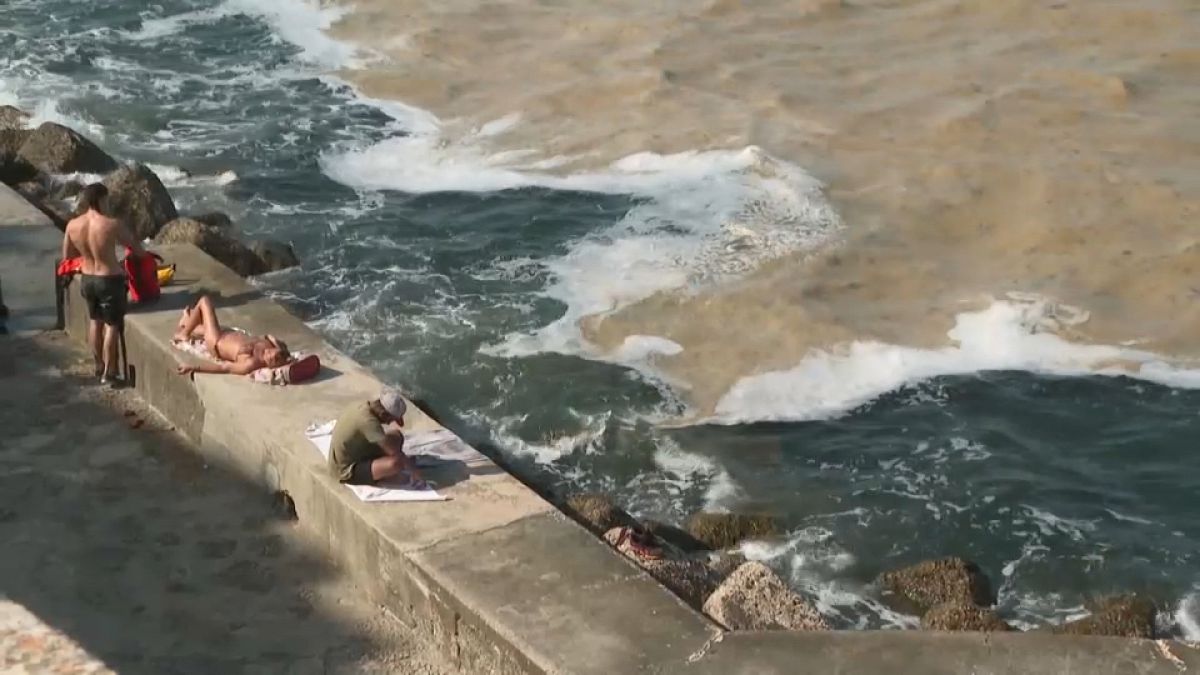The Adriatic Sea in Ancona has been experiencing an increase in algae due to rising sea temperatures, a pattern seen across European seas. Holiday-goers who planned a beach holiday may have been surprised to see long streaks of seaweed floating on the surface of the sea. While the algae is not harmful for swimmers, some bathers have expressed discontent with the slime. Despite this, tourism in the region does not seem to be heavily impacted as reservations at local restaurants remain steady.
Edoardo Rubini from the Ristorante Emilia Portonovo Beach Resort remains hopeful that the situation will not negatively impact tourism in Ancona. Algal blooms have been increasing in the northern regions of Italy as well, with a record quantity of algae in the Gulf of Trieste since 2007. This phenomenon is believed to be linked to the rise in sea temperatures, with the highest sea temperature in Croatia recorded in Dubrovnik last week.
The European Environment Agency has reported a significant increase in sea surface temperatures in all five European seas in recent decades. The agency predicts a further rise in sea temperatures by 2 to 6 degrees Celsius by 2100 under the high emissions scenario. This trend is evident along the Adriatic coast, where sea temperatures reached record-breaking highs last week.
While some tourists may find the presence of algae in the Adriatic Sea off-putting, others have taken it in stride, noting that the water is still enjoyable despite the visual inconvenience. It is important for local businesses and authorities to monitor the situation and take necessary steps to mitigate the impact of algal blooms on tourism. By raising awareness about the link between rising sea temperatures and increased algae growth, efforts can be made to protect the marine ecosystem and ensure a sustainable future for coastal regions like Ancona.
In conclusion, the presence of algae in the Adriatic Sea off Ancona is a natural phenomenon that is likely exacerbated by rising sea temperatures. While some tourists may be deterred by the sight of algae in the sea, efforts can be made to educate visitors about the underlying causes of algal blooms and the importance of preserving marine ecosystems. By promoting sustainable tourism practices and implementing measures to reduce pollution and protect coastal environments, Ancona and other regions affected by algal blooms can continue to attract holiday-goers and maintain their natural beauty for generations to come.










